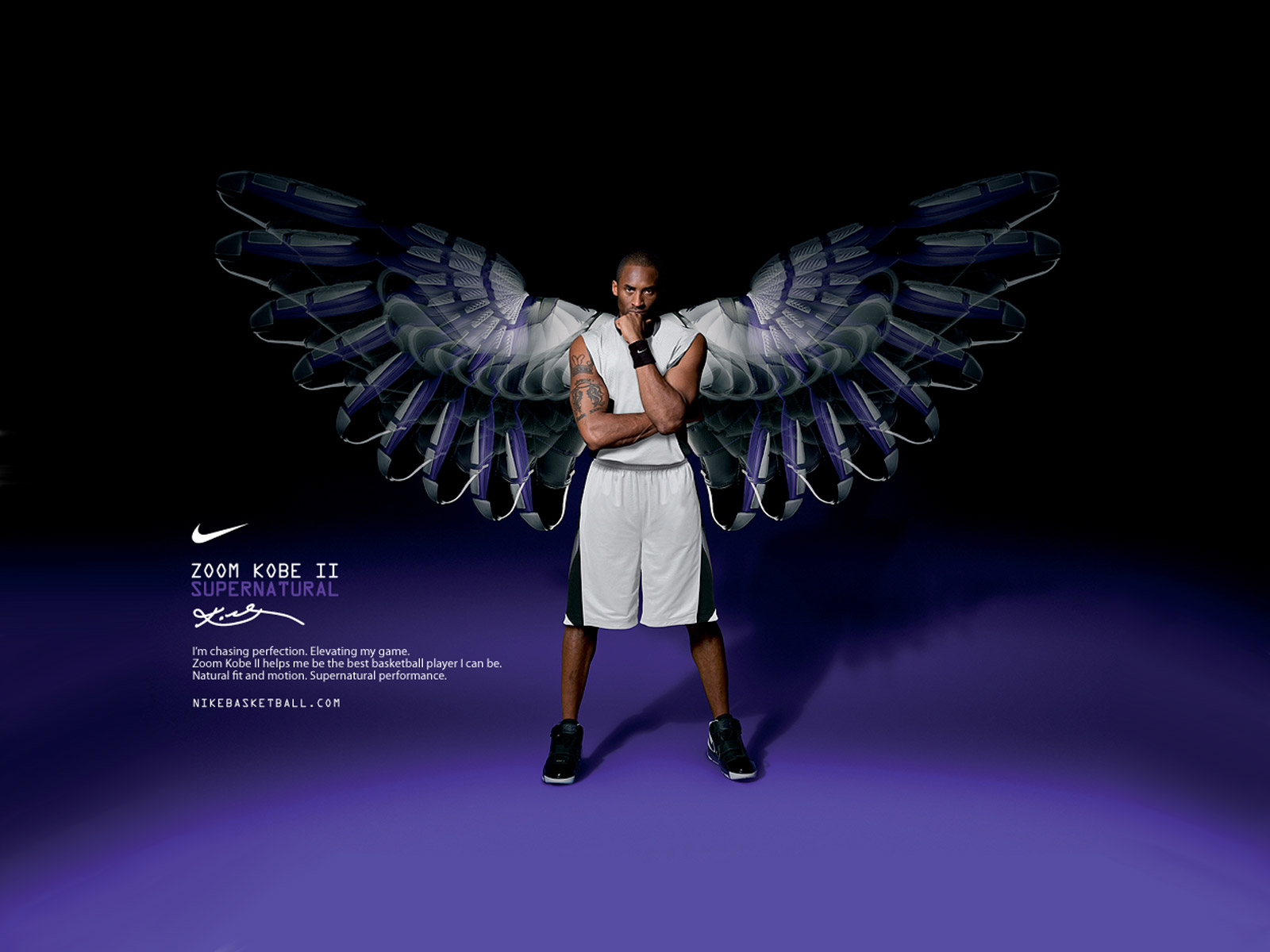Myths, legends and known folklaw can be found within a lot of advertising, some that are obvious and some that secretly reference. They are used to (sometimes indirectly) further promote a product, such as the brand 'Nike' whose name is taken from the greek goddess Nike (greek goddess of victory) who is known for running and flying at a high speed, thus depicting the products uses in sport etc.

One of my favourites and most memorable ad's which promotes myth in advertising, is the skittles 'Midas Touch' campaign. Just as the name suggests, the ad is based around the myth of King Midas, who's touch turned objects to gold. Although in this version, everything that the man touches turns to Skittles. Just like the myth, the ad depicts the man's suffering although it is percieved by others as a gift, "But is it really awesome when you can’t hold your new born baby? (A line from the ad). This also linking Skittles with gold, therfore adding value while also being an interesting and comical ad.
(The ad)
Along with Nike, there are also many other ad's who turn to Greek myths when advertising their product. A few I have found include Old Spice and Muller Greek Style Yoghurt.
The Old Spice Centaur campaign was to promote the new old spice 'double impact'. "its one thing that makes a really awesome thing out of two totally regular things" as the website says. The idea of a centaur, being half man and half horse sums Old Spice's idea's up perfectly, while also hinting the idea of strength, as Centaur's are usually depicted as warriors and such in Greek mythology.
Much like the Old Spice campaign, Muller uses the Greek myth of Centaurs to promote its 'Greek Style Yoghurt'. The ad depicts two women conversing about the idea that fat free yoghurt is a myth, when the one leaves its then seen that the two women are actually centaurs, suggesting that what they believe to be a myth is real (fat free yoghurt) as we see that centaurs are real. There is no hidden meaning in this ad, unlike the Old Spice, the ad just uses the idea of myths to illustrate how fat free yoghurt isnt one.





























